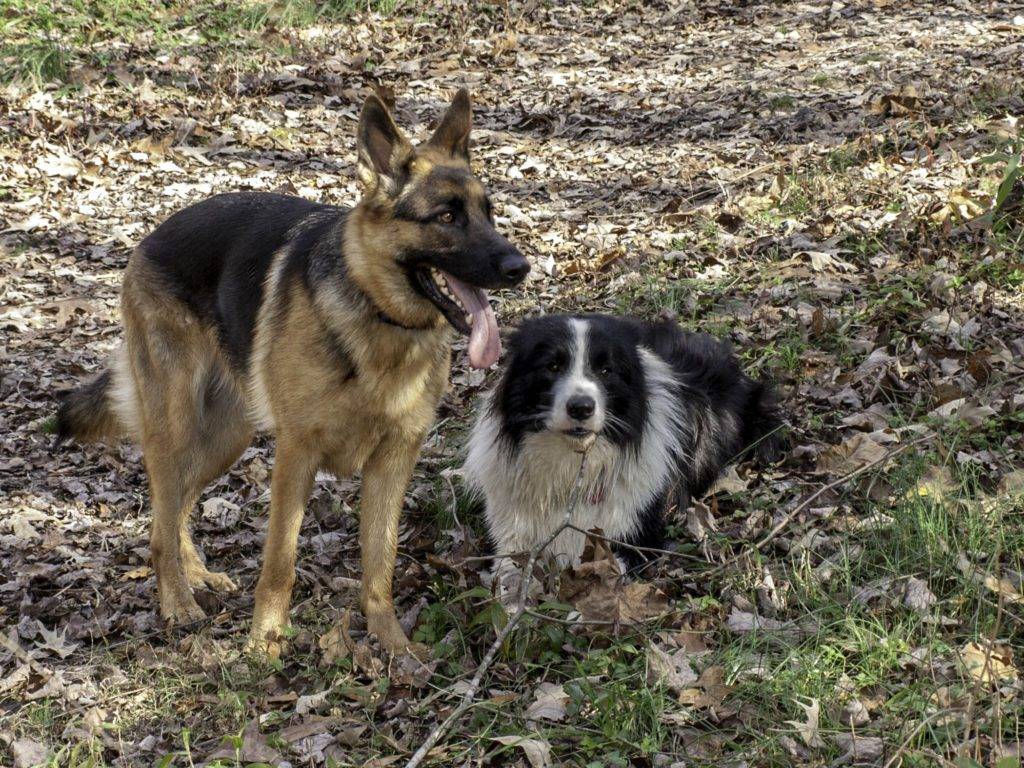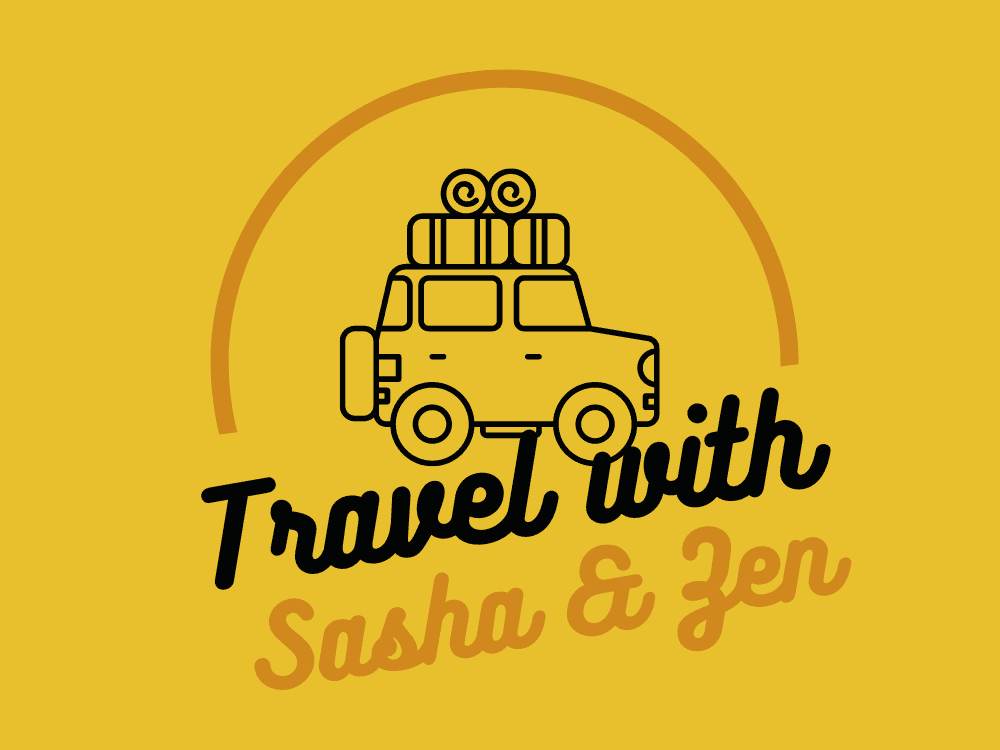The Ultimate Guide for Reactive Dog Training
Please continue HERE if you haven’t read the first three steps to help you with reactive dog training.
DISCLAIMER: No link on this post is an affiliate link, and neither am I making any money from it. My only intention is to share my journey and help other dogs’ parents have a calmer dog so they can travel without worries.
Step 4: Teach your dog self-control
This method helped me a lot with my Border Collie’s excitement. It requires some time to master, but once you become familiar with it, you can use it to teach your dog to calm down in different situations.
I learned it from Laura VanArendonk Baugh’s book Fired Up, Frantic, and Freaked Out. You can find out more about her here.
I will try to explain the whole training process in this post, but I strongly recommend reading the whole book if you deal with a seriously reactive dog.
It is an excellent method for dogs that cannot be reasonable in specific situations and cannot follow commands. Reactivity to other dogs is just one example of this. Still, it can be applied to different types of frantic dogs, like uncontrollably barking at the front door and not hearing the owner’s command, or to a dog overstimulated with his favorite sports like agility and missing an important cue. Although all those situations might look different, there is the same underlying problem: the dog is in a reactive state of mind instead of a cognitive proactive state.
How do we train reactive dogs?
We should start in an area where the dog is not distracted.
This method will teach the dog specific skills to help himself in stressful or triggered situations. However, it is crucial to master the skill in an entirely non-distracted environment before adding any trigger.
Let’s explain the mat. The primary purpose of the mat won’t be to teach a dog specific behavior but to help the dog enter a specific emotional state. This mat will be a crutch for your dog at the beginning. Later, a dog can offer the same behavior without a crutch.
However, it is crucial not to skip steps if we want to give a dog a good foundation and successfully teach him to change his emotional reaction.
I was using a tiny blanket as a mat. It doesn’t matter what to use for a mat. If you use a small blanket, you can easily take it outside later because you don’t want to walk around with a big mat. Also, using a clicker as a unique marking element and food as a reward is strongly recommended.
A clicker will help the dog understand the exact point when his reaction is correct. We are using food as a reward because we want a non-stimulating reward, and a toy is not recommended in this process.
If you are unfamiliar with clicker training, please find more details in the book in the Foundation Training chapter.
Use successful criteria of 80%. That means do not follow the next steps before your dog offers wanted behavior in 8 of 10 repeats.
Please don’t go too quickly through phases; building a solid base to train your reactive dog is essential.
Phase 1.
We are introducing the mat. Be ready with the clicker and treat. When the dog is watching, place the mat on the floor, and as soon the dog shows any interest in it and comes close, click and put a treat on the mat. Continue with clicking and rewarding gradually for every next step the dog will provide: looking at the mat, nose pointing to the mat, sitting on the mat while he is focusing on the mat, nose down while sitting, elbow banding or body lowering, and finally laying down. All those steps will come gradually, so don’t expect them all at once.
Every training session should be short, between 1 and 2 minutes, and if the dog stops progressing, take the mat and restart later. During all steps, it is essential not to lure the dog to the mat or give him any command but to let him do it himself. No communication with the dog is needed. Every progress he made had to be followed up on with only a click and treat put on the mat. Once the dog finally lays down, reward him with more treats on the mat and put them between his front legs. The dog should understand that laying on a mat is a lovely and comfortable place with many treats.
After lying down, the next step to click and reward is the dog moving in a more comfortable position, like putting his chain on his front paws or laying on his side, stretching his legs, or his ear relaxing and eye blinking. Every movement in a more relaxing direction should be followed by a click and treat on the mat. With more and more sessions, your dog will lie down quicker and more accessible and stay longer.
Master the mat exercise in a non-distracted environment before you move to the next step. The final goal of this step is for the dog to see the mat as a delightful and relaxing place where he can earn many treats.
Phase 2.
Move the mat around the house and repeat the same from Phase 1. Ensure your dog associates the mat with a great place to get many treats wherever you move it. No actual trigger yet.
Phase 3.
Start with a small trigger. Although my final goal was dog-to-dog reactivity, I had to start with a less challenging trigger. I started with a broom since my dog loved to run after it and grab it. Start with it as a small trigger. I began to go in the direction of the broom while he was on the mat. Before moving, click and treat. If he starts to move, wait while he goes back. Click and treat. If he runs toward the trigger, stop moving the trigger and wait for him to return to the mat. Click and treat.
Remember not to lure or help your dog back to the mat. That has to be his decision. He must always know that lying on the mat brings him many treats. If this doesn’t work, you did not give enough time to steps 1 and 2, and your dog still does not associate the mat with an extremely great place as he should. Then, step back and continue to work without a trigger.
If you don’t like the example with a broom, you can start with knocking at the front door or ringing the bell if that causes a frantic reaction in your dog. More about that example you can find in the original book.
After adding the trigger, keeping sessions concise is even more essential. Continue with easy challenges to get your dog’s success rate to 80%. Don’t think about moving to the next step before it. The goal is to stop the session while a dog is successful or not leaving the mat. Every dog training requires patience, even more for reactive behavior.
Phase 4.
You are adding a severe trigger. Except just pretending to take a broom, start to be more serious. It is essential to add triggers more seriously and slowly, but let the dog decide what he will do.
It is always necessary to split the criteria. Add every trigger level very slowly and allow your dog to decide correctly. When you count the number of correct and incorrect decisions when adding criteria, a proper decision should be at least 8 of 10. When a dog masters that level, you can add a higher trigger level.
As I mentioned, this phase covers triggers we manage inside the house so the owner can master handling triggers and click and treat to be done correctly. It is crucial for progress and later success when facing a real challenge.
Please watch our video on how we went through phases 3 and 4. Remember that we mastered first phases 1 and 2 and slowly progressed through phases 3 and 4 to make this video. Please notice there was no communication or command except for the clicker. You have to let your dog come to conclusions. Also, your session should last shorter; the purpose of the video is to show how the technique works.
Phase 5.
If your dog is dog reactive, take your mat and do training in an environment with dogs. We started off the field while we were waiting during agility classes.
Also, you can take a mat on a walk or anywhere you expect to meet dogs, such as outside a dog park. Planning the scenario when and how you use the mat and still succeed is critical for this phase. Try introducing the trigger from a distance first and testing your dog’s reaction. Remember, a new trigger level must be introduced slowly, so split the criteria. Skipping any step could mean your dog won’t react appropriately and move you a step back.
If you feel stupid walking around with a blanket, please remember that it is just a crutch for your dog to understand how to use a relaxing approach to nonrelaxing situations. Your dog will probably start to exhibit similar behavior soon without a mat, and you will find out when he doesn’t need a crutch anymore.
Also, once the dog learns the mat game, you can use it for any other overexcited situation, not only for primary reactivity. Taking your mat with you will help the dog relax and adapt quickly to a new situation. You can use it when you go to a new place where you are unsure how the dog will react. You can also use it when you start traveling, and the dog will have to spend a night in a new place for the first time. The mat can always stay connected to your dog’s ability to calm himself quickly.
What if it doesn’t work?
It can happen only if you progress too quickly, either not mastering the previous step and having a success rate of less than 80% or raising criteria too quickly instead of splitting them into smaller pieces. If anything like that happens, you will need to step back. Training a reactive dog is not a quick process, and it is much better for overall success to go slowly with no need for steps back.
If you can see the point of this method and want to help your dog, please read or listen to the original book. You can buy it on Amazon or listen on Audible.

Reactivity in dogs isn’t an easy issue, and many people find progress challenging. Remember, it’s a long journey. Beyond the classic methods, I’ve found that agility can be a fantastic activity to help manage many unwanted behaviors. Not only is it a great way to build a stronger bond with your dog, but it also gives them a fulfilling job that can support their mental and physical needs.
For tips on getting started with agility, go HERE.

Leave a Reply